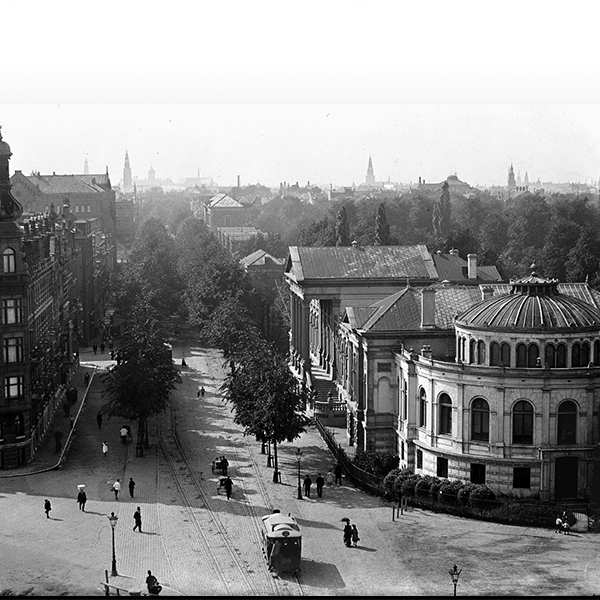Downloads
DOI:
https://doi.org/10.7480/overholland.2013.12/13.1699Abstract
In the eighteenth century Amsterdam more or less stopped growing. Its population fluctuated around 200,000, and there was ample room within the seventeenth-century walls for the few building projects that were carried out. Especially east of the River Amstel there were still plenty of vacant plots, and typical ‘fringe-belt elements’ such as social welfare institutions, the municipal refuse dump and industry found a place there. To the east of the Muidergracht canal, the Plantage remained a virtually unbuilt recreation area, with rented gardens and wood storage areas.2
No major spatial changes occurred there until the nineteenth century. New infrastructure, such as railway lines and canals designed to make the port of Amsterdam more accessible, gave the city a new lease of life. From the second half of the century onwards the economy revived, and the population began to grow steadily. From a low point of 180,000 in 1815, it reached 245,000 by 1850, and after 1870 it increased even more rapidly. Amsterdam was no longer able to house its citizens within its old boundaries, and the first expansion plans were drawn up.
How to Cite
Published
Issue
Section
License
Copyright (c) 2013 OverHolland

This work is licensed under a Creative Commons Attribution 4.0 International License.




